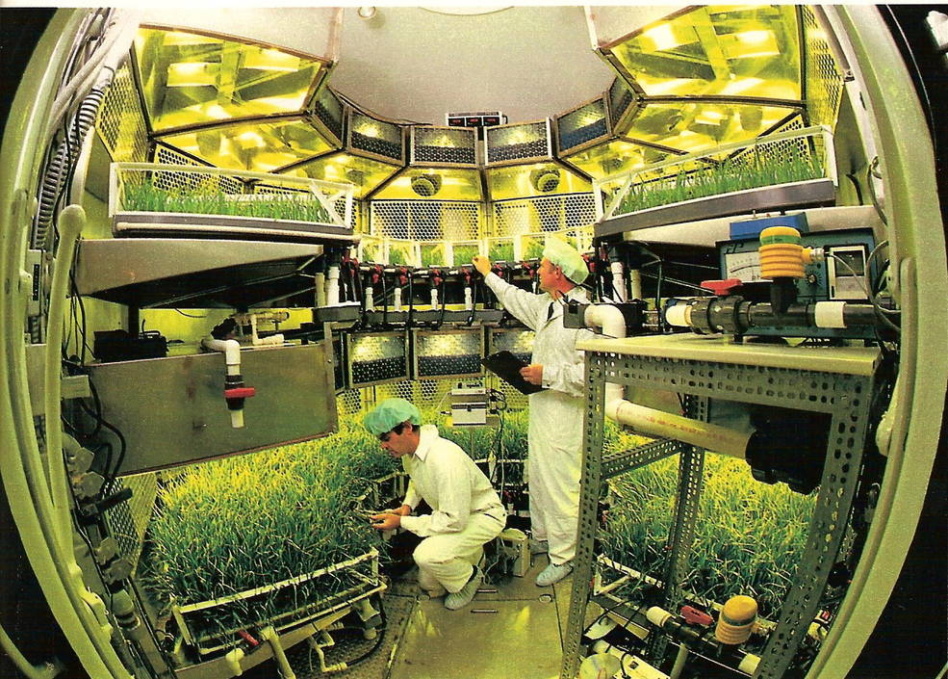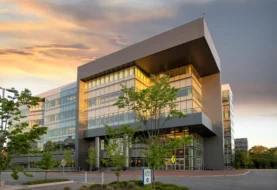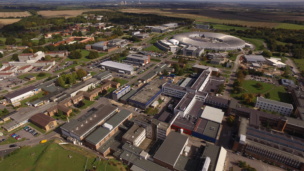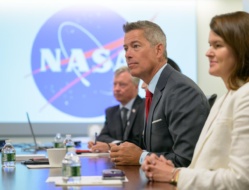NASA has released Spinoff 2022, an annual report that tracks scientific and technological spillovers from the space agency into society. As NASA is fond of noting, plenty of space program innovations have been productized in the private sector and taken up by top research labs around the country.
Spinoff 2022 profiles 45+ research projects that tapped NASA innovations in disciplines like climate change modeling, disaster prevention, transportation, and medicine. The report is designed to inspire entrepreneurs and show the ROI of investing in NASA.
Climate science: Many projects in Spinoff 2022 take aim at the climate crisis, investigating more efficient agricultural practices and how to fix damage that’s already been done. A few highlights:
- Inoculating trees with toxin-eating microbes to clean up groundwater
- Building a vertical farm to increase food production
- Purifying water with NASA-developed filtration materials
Pandemic aid: NASA has long needed effective air filtration systems for human spaceflight missions. Astronauts have been up at the ISS for 20+ years, after all… Even before the pandemic began, many companies were using air purification technology developed in the 90s for NASA in their air filtration systems. A Spinoff 2022 feature details how these products were used and improved for the Covid-19 pandemic.
Navigation: It only makes sense that some of NASA’s complex autonomous navigation systems, engines, and materials might have more earthly applications. This year, the US space agency highlights:
- A high-endurance, hybrid aerial vehicle using electric propulsion tech
- Improved oscillators and lasers in self-driving cars using JPL photonics
- Drone traffic management systems and navigation apps
- Spacesuit tech repurposed into temperature-regulating outfits for racecar drivers
“Spinoffs of tomorrow,” as NASA calls them, are tech endeavors that may be farther from commercialization or cost-effectiveness…but within the realm of possibility. Our favorite ideas in this department: heartbeat-based biometric identity verification, an ultra-thin carbon capture device, sonic boom-reducing sensors/software, and a foldable robot.
+ Want more? Check out the full report and NASA’s patent portfolio.




